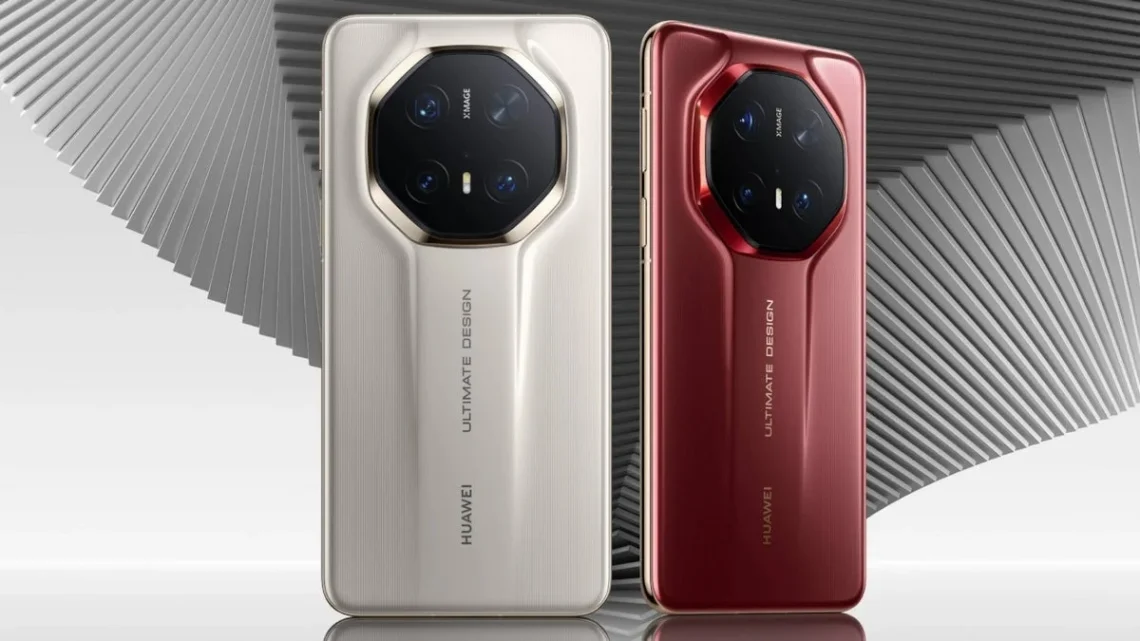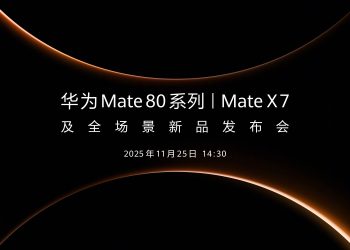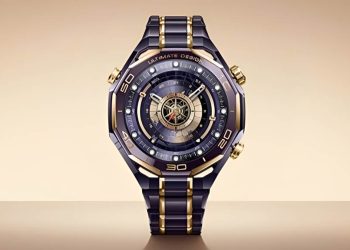Mate 80 RS Ultimate: Huawei’s 2025 powerhouse takes shape
The Mate 80 RS Ultimate is slowly taking shape, and early signals suggest a bold leap over last year’s premium RS edition. Despite sanctions that keep Huawei and SMIC on a 7nm track, momentum continues. As a result, Huawei appears ready to squeeze more speed, smarter efficiency, and sturdier hardware from its 2025 flagship playbook.
Why the Mate 80 RS Ultimate matters
Huawei’s RS line sets the tone for materials, displays, and camera ideas that later trickle down. Therefore, the Mate 80 RS Ultimate could again serve as the technology showpiece for the broader Mate 80 family. It targets buyers who want cutting-edge design, durable builds, and top camera hardware—without waiting for next year’s cycle.
Kirin 9030 on SMIC 7nm: progress without EUV
Reports point to a Kirin 9030 built on SMIC 7nm, continuing a multi-patterning path in place of EUV tools. Even so, HiSilicon’s architecture work should deliver around 20% performance gains over Kirin 9020, which itself improved roughly 40% over the Kirin 9000S. Consequently, daily responsiveness, app launch speed, and sustained performance should climb again. Meanwhile, Huawei’s power management tweaks typically chase cooler operation under heavy camera and gaming loads.
Performance targets and thermals
Because multi-patterning increases manufacturing complexity, Huawei will likely counter with tuned clocks, smarter schedulers, and tighter thermal envelopes. Thus, expect smoother frame pacing and better peak-to-sustained balance, especially during video capture and prolonged 5G use.
Dual-layer OLED returns on Mate 80 RS Ultimate
Last year’s RS debuted a dual-layer OLED that stacked two panels for greater brightness and resilience. Given the feedback, the Mate 80 RS Ultimate is widely tipped to continue this approach. Consequently, outdoor readability should improve, while the layered design may add durability against image retention. However, this screen costs more to produce, so Huawei will likely reserve it for the RS tier, reinforcing its ultra-premium positioning.
Read Also
Huawei Mate 70 Pro 5G: A AI phone goes global
Huawei Mate 80 Pro cooling fan leak surfaces
Materials and durability: titanium frame, glass-ceramic back
A titanium alloy frame is rumored again, though the exact blend may change. This choice improves stiffness while keeping weight sensible. Additionally, a glass-ceramic back is on the table. It aims to mimic the premium hand-feel of ceramic, yet control costs and weight. Therefore, buyers might get a harder, more scratch-resistant surface than standard glass, with fewer shatter risks than pure ceramic.
Durability vs. cost trade-offs
Ceramic is luxurious but expensive. Glass is affordable but softer. Glass-ceramic lands between those poles. If Huawei finishes it with a fine texture, grip improves and fingerprints reduce. Thus, users gain practical durability without an RS price shock.
Camera rumors: telephoto innovation for Mate 80 RS Ultimate
Huawei’s RS models often push optics. This year, the Mate 80 RS Ultimate is rumored to debut fresh telephoto ideas—potentially a redesigned periscope, upgraded stabilization, or smarter fusion with the main sensor. Moreover, computational tuning usually accelerates in tandem, so low-light zoom and edge clarity could jump. If Huawei marries sharper glass with more aggressive multi-frame processing, handheld reach will feel steadier and more detailed.
Release timing, lineup, and what buyers should watch
Huawei tends to unveil the Mate RS/Ultimate variant in the fourth quarter. Earlier in 2025, the Pura 80 series set a photography-first tone, and the Mate line typically follows with performance, endurance, and materials leadership. Therefore, watchers should track three signals: confirmed chipset clocks, display peak brightness numbers for the dual-layer stack, and concrete telephoto specs. Together, those details will reveal how the Mate 80 RS Ultimate stacks up against global rivals, even while running on a 7nm node.
What to watch next for Mate 80 RS Ultimate buyers
First, watch for Huawei’s official Kirin 9030 positioning: CPU layout, GPU uplift, and NPU throughput matter for imaging and on-device AI. Second, look for dual-layer OLED brightness targets and PWM frequency, since eye comfort is now a key buying point. Third, confirm the titanium alloy frame and glass-ceramic back in the final spec sheet. Finally, scrutinize the telephoto pipeline—sensor size, periscope length, and stabilization—all define real-world zoom quality. If these pieces land as rumored, the Mate 80 RS Ultimate will deliver premium feel, robust performance, and standout camera reach—even without EUV-built silicon.
Bottom line: Huawei seems poised to turn constraints into craft. Through smarter silicon design, layered displays, and tougher materials, the Mate 80 RS Ultimate could be the year’s stealth powerhouse. That balance of efficiency, durability, and long-range imaging is exactly what discerning Mate buyers crave—and why this flagship’s slow reveal keeps getting more exciting.








